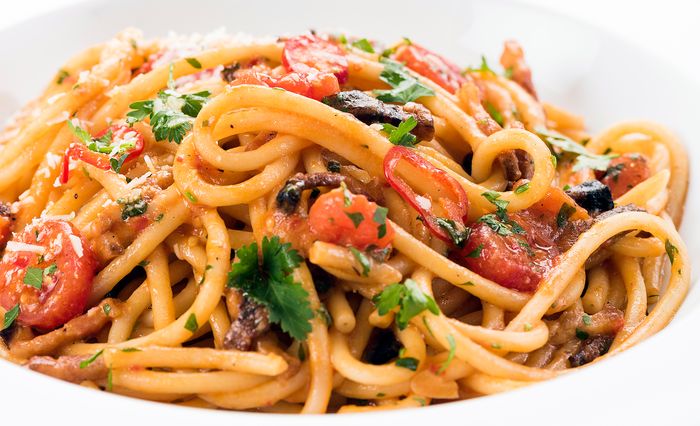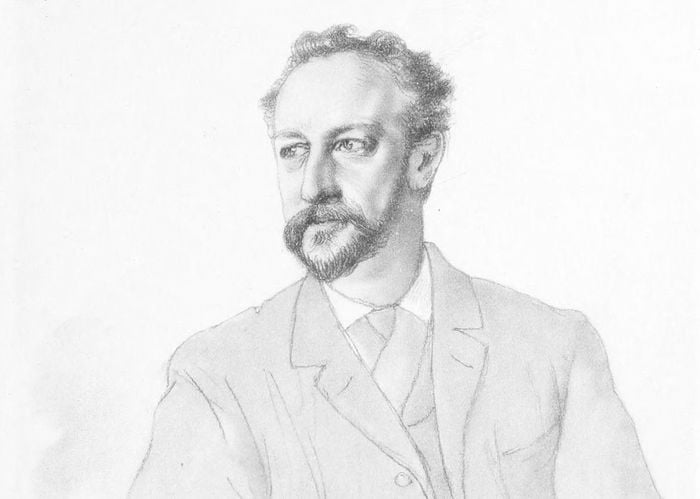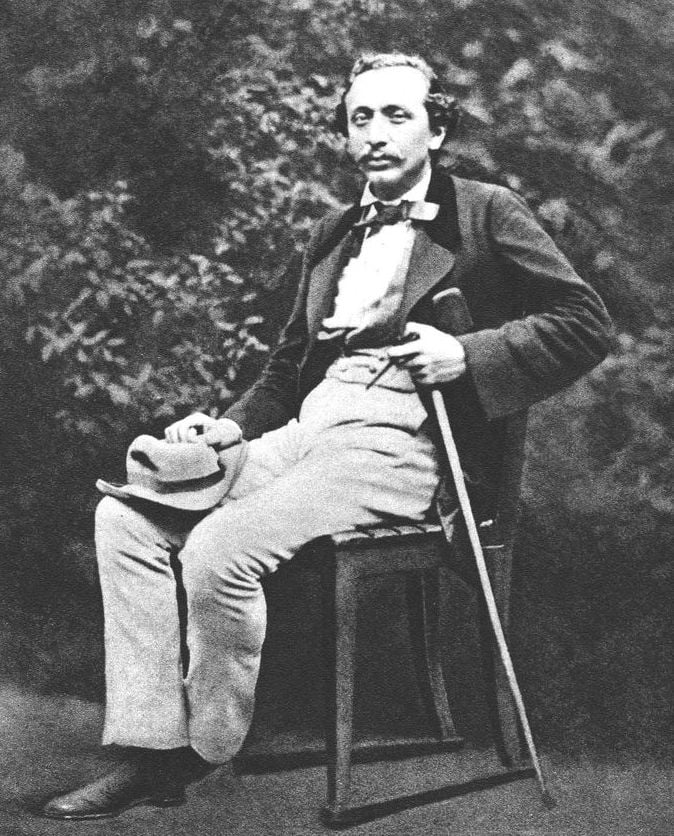Italian pasta – Italians have accorded pasta prominent status in their many regional cuisines.
One of the first foodstuffs to be manufactured commercially, pasta is universally popular. No one knows for sure when pasta entered the cuisines of the world or who invented it. But the Italians can certainly be credited with developing its manifold varieties and spreading them around the world. Every form of dough that is rolled thin and cooked on a hot metal surface can be regarded as a forerunner of pasta.
According to researchers on the subject, it is highly probable that pasta emerged around the same time in all parts of the world where flat bread was made. Perceiving as well-nigh miraculous the benefits of yeast for adding volume to bread made with flour in times when it was almost impossible to find economical foodstuffs that also kept well, mankind developed some extraordinary religious rituals revolving around yeast. In her ‘Dictionary of Ottoman Cuisine’, Priscilla Mary Isin reports that even the poor bought the Italian pasta imported by the Ottoman government in the 19th century. And Ahmet Pasa k pasta factory inside the Selimiye Barracks was set up in the 1830b to meet the growing need for this staple.
Italian pasta – So popular was pasta with the common people that the author of the first printed cookbook in the Ottoman state, Mehmet Kamil Bey, in 1844 modified the stock expression ‘temcit pilaff’ to ‘temcitpasta’, referring to a dish served over and over again or, metaphorically, any subject that keeps coming up. In our own Turkish cuisine, pasta appears as ‘eriste’(or noodles cut into thin strips), which derives from the Arabic ‘rishta’. Eriste is still used in Turkey today in a range of dishes from soup to rice pilaff.
There is even evidence in the records that eriste was used in halva in the past. Apart from eriste, the popular Turkish ‘manti’ (a kind of ravioli) is another product of our own authentic pasta culture.





